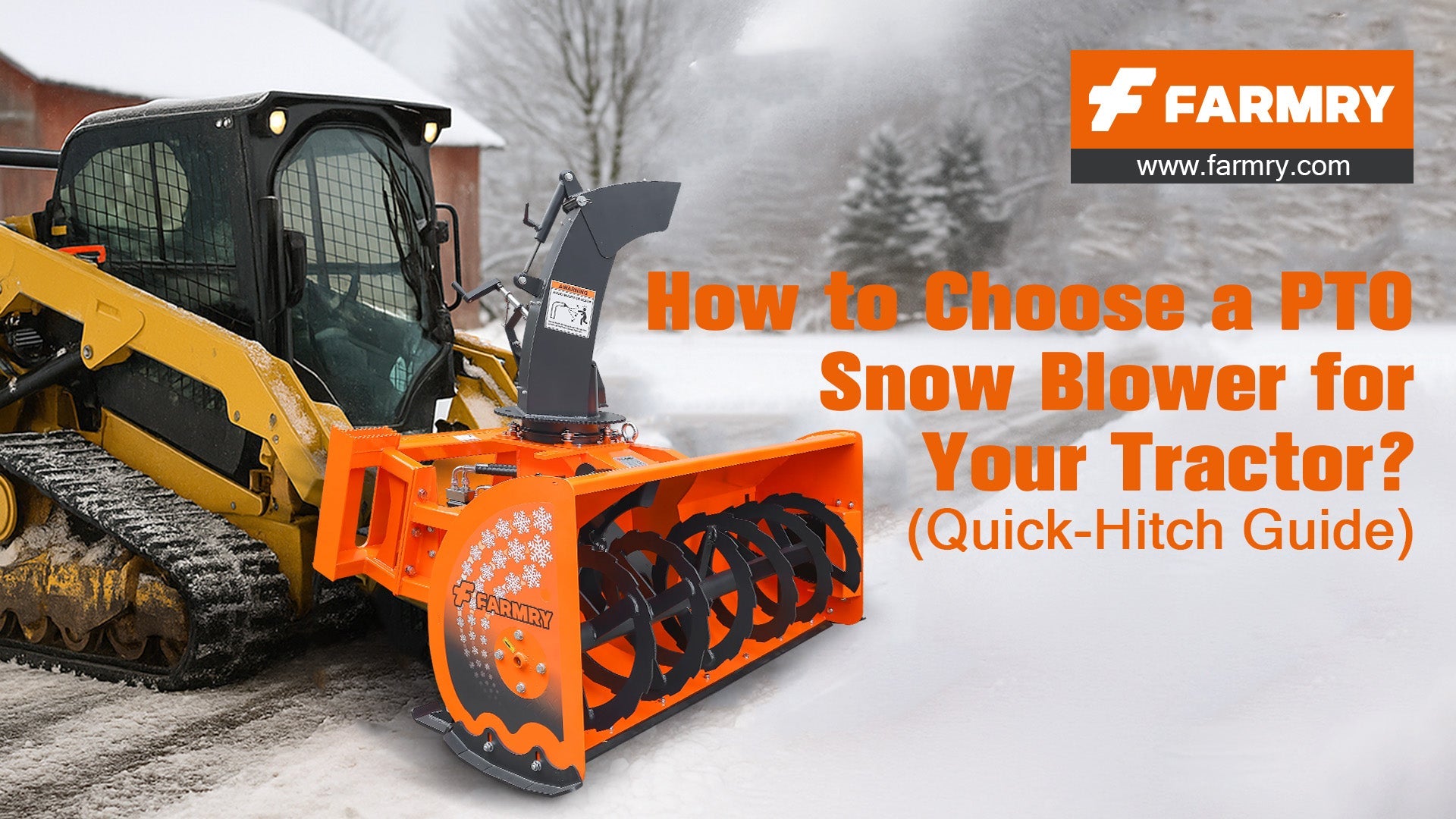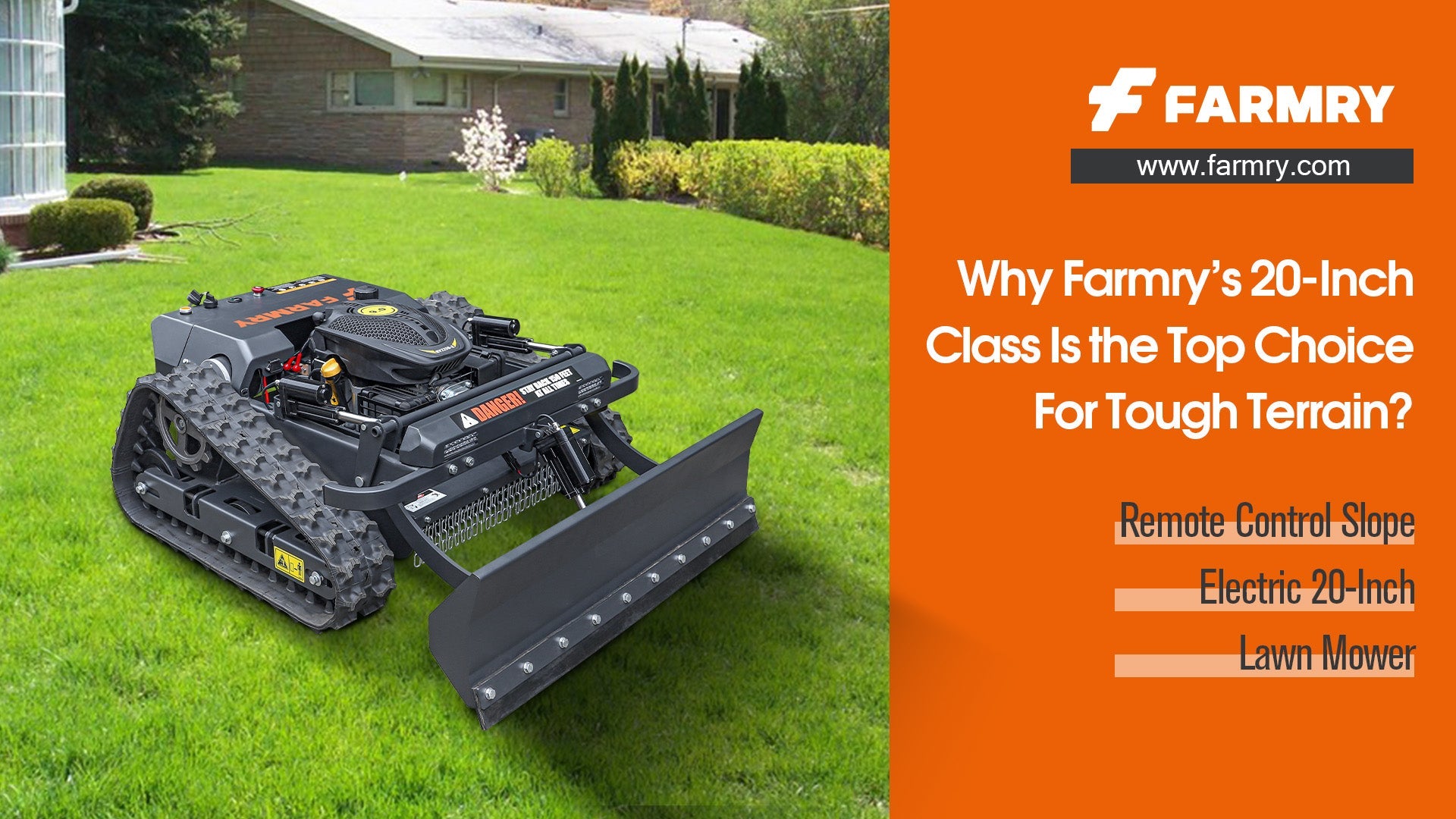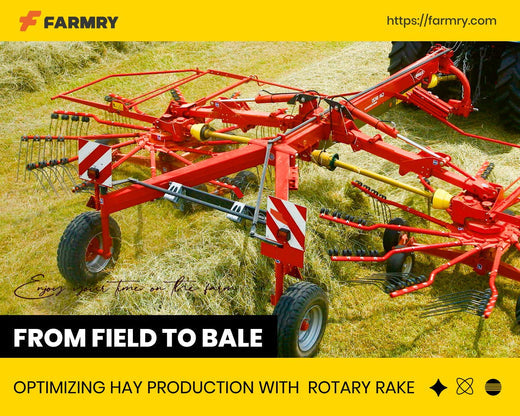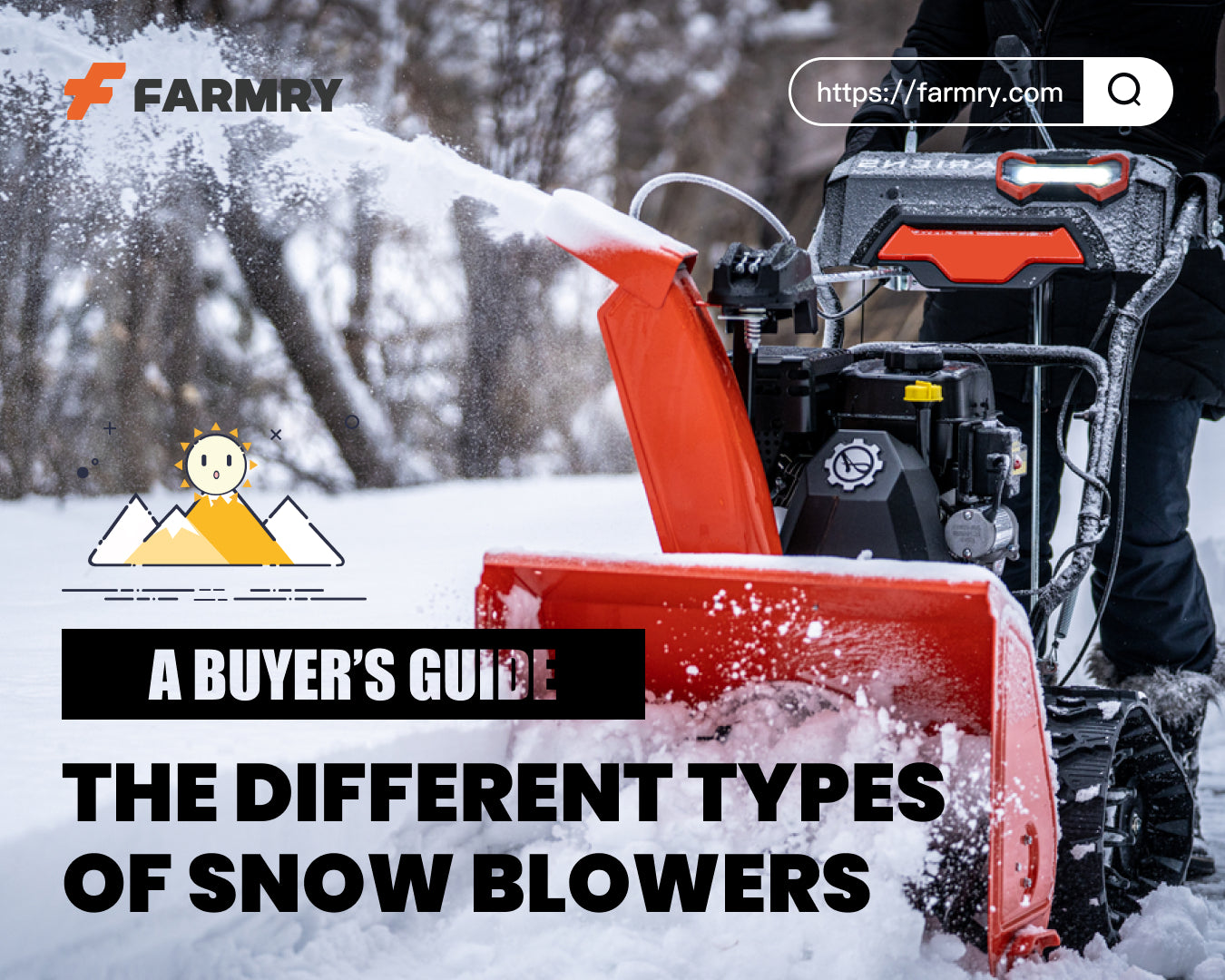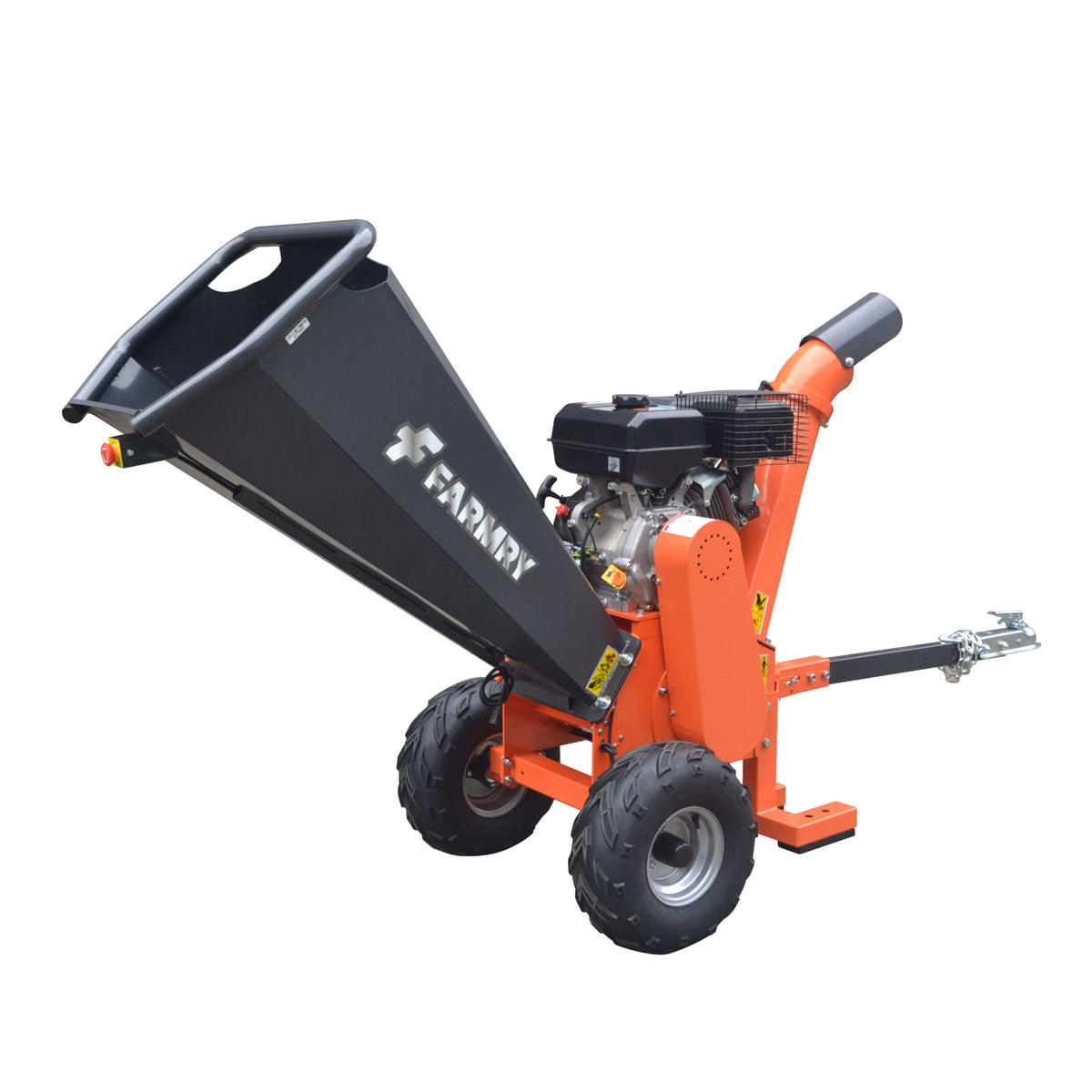Flail vs Finish Mower: Why Most 25–50 HP Owners Pick a 60" Flail
 If you run a compact or utility tractor in the 25–50 hp range, you’ve probably typed “flail vs finish mower” more than once. You want polished results when you mow the lawn, but you also face tall grass, tall weeds, sticks along fence lines, and the occasional light brush. You need the right mower—one attachment that’s safe on uneven terrain, steady on rough ground, and capable of a clean finished cut without showering the yard with debris.
If you run a compact or utility tractor in the 25–50 hp range, you’ve probably typed “flail vs finish mower” more than once. You want polished results when you mow the lawn, but you also face tall grass, tall weeds, sticks along fence lines, and the occasional light brush. You need the right mower—one attachment that’s safe on uneven terrain, steady on rough ground, and capable of a clean finished cut without showering the yard with debris.
This guide breaks down flail mowers and finish mowers, explains why a 60" PTO flail mower hits the sweet spot for most 25–50 HP owners, and shows how Farmry’s flail lineup helps you save time while delivering dependable, repeatable results.
The quick difference: flail vs finish mower
Finish mowers (sometimes called finishing mower or finish mowers) use high-speed horizontal blades under a deck to produce a manicured, striped look on regularly cut grass. They’re superb on maintained lawn and sports fields where the turf is already tidy.
Flail mowers, by contrast, spin a horizontal rotor equipped with many small flails (Y blades or hammer blades) that strike and re-cut material rapidly. A good flail will mulch and reduce clippings into fine material—ideal when you’re mowing mixed vegetation, from lawnlike turf to brush, weeds, and sticks near fences or orchards. Because the cutting action stays inside the housing, flails tend to throw fewer projectiles than a rotary mower/brush hog/rotary cutter, which matters around buildings, cars, and people.
Bottom line: If your mowing area includes tidy lawn plus messy edges, the flail is more versatile. If your property is one giant fairway, the finish mower is faster.
Why 25–50 HP tractors gravitate to a 60" PTO flail mower
1) The right width for power, weight, and maneuverability
A 60" width pairs naturally with 25–50 HP tractors. It covers ground quickly without demanding excessive power or pushing the unit so wide that you clip trees and gates. A 60" attachment also fits common trailers, sheds, and box-style storage spaces.
2) Safety and control on rougher ground
Flails excel on uneven terrain and rough ground because the rear roller and skids help the machine follow the ground contour. The compact center of mass rides close to the 3 point hitch (Cat-1 for most compact tractors), and the rotor’s many contact points reduce the chance of a single big blade launching debris. Around fence lines, trees, parking lots, or play areas, that difference is meaningful.
3) Better clipping management and mulching
With a flail’s dense pattern of knives, clippings are repeatedly struck, improving mulching debris and dispersal. You’ll see fewer windrows and less raking, even where the turf is a bit shaggy. That means fewer passes and a cleaner finished cut in mixed conditions.
4) Versatility across seasons and surfaces
A single 60" pto flail mower can mow lawn, clean up light brush, and tidy orchards after pruning. Switch from Y blades (for grass, lawns, and sports fields) to hammer blades (for heavier weeds and brush) and you’re ready for shoulder-season growth or neglected corners of the land. Many owners start with Y blades, then replace a subset with hammers as needed.
5) Maintenance that protects the drivetrain
Quality flails use belt drives that reduce wear and cushion high loads. Belts are simple to check and tension; they’re cheaper to service than a damaged gearbox. Pair that with a shear bolt or slip clutch on the pto shaft, and you have multiple “fuses” protecting the equipment when you hit something hidden.
Flail vs finish mower: side-by-side comparison
|
Feature / Use Case |
Flail Mower |
Finish Mower |
|---|---|---|
|
Cut quality on maintained turf |
Very good with Y blades; nearly “finish” level at low cutting height |
Excellent; fastest way to a manicured look |
|
Performance in tall grass / weeds |
Strong—mulching action handles tall grass/tall weeds better |
Prone to bogging in very long or wet grass |
|
Debris safety (near fences, buildings) |
Contained cutting reduces throw risk |
Open deck can eject objects farther |
|
Rough ground / uneven terrain |
Stable with rear roller; fewer scalps |
Anti-scalp wheels help, but more scalps |
|
Versatility (lawn + brush) |
One mower for mixed vegetation; swap knives (Y/hammer) |
Optimized for lawn; not for brush |
|
Maintenance |
Check belts, rotor, bearings, knife condition |
Sharpen/replace wide blades, check spindles |
|
Speed on pristine turf |
Slightly slower travel speeds |
Fastest on large, smooth mowing areas |
What makes a good flail mower for 25–50 HP?
When you’re shopping (or evaluating your current attachment), look for these design and build cues:
-
Rotor balance and diameter: A well-balanced rotor with appropriate diameter spins smoothly, cutting evenly while protecting bearings.
-
Side plate thickness and housing rigidity: Heavier side plates keep the deck square and resist flex during high loads, improving cut uniformity and longevity.
-
Knife selection and layout: Y blades for turf and trimming; hammer blades for stalks, brambles, and light brush. Even spacing reduces vibration and improves finish.
-
Belts and tensioning: A multiple-belt drive that’s easy to tension reduces wear and protects the gearbox.
-
Bearings and seals: Greaseable, shielded components extend life—especially if you mow dusty material or edge fence lines frequently.
-
Powder coat paint: Durable finish resists chips and corrosion better than basic enamel, keeping the mower looking sharp and easier to clean.
-
PTO protection: A shear bolt or slip clutch on the pto shaft helps the whole machine survive stumps and hidden objects.
-
Cutting height range: Adjustable roller/skids let you target everything from lawn-adjacent turf to roadside trim without scalping.
-
Fit and hitch: A Category-1 3 point, properly mounted, keeps the attachment close to the tractor for better balance.
Where a 60" flail shines on real properties
-
Acreage with mixed turf: Weekly front yard + monthly back fields. One pass in the front with Y knives for a near-finish look, another pass out back at a higher cutting setting to tame the meadow.
-
Fence lines and edges: Keep edges tidy without fear of rock throw. Flails hug contours and pivot around posts with fewer scalps.
-
Orchards and groves: Under-tree mowing without slinging fruit or sticks. Hammer blades help with moderate prunings, while Y knives keep aisles neat.
-
Sports fields / campuses: Where safety and clean dispersion matter, a flail’s contained cut and mulching can reduce cleanup, especially on larger areas.
-
Commercial applications: Contractors tackling varied sites—vacant lots, road shoulders, and lawns—appreciate one unit that adapts.
Tuning your cut: Y blades vs hammer blades
-
Y blades (fine turf): Best when grass dominates. They leave a crisp finished cut and are gentle on turf structure.
-
Hammer blades (heavier growth): Thicker, heavier tools that pulverize weeds, stalks, and light brush. Great near ditches or hedgerows.
Many owners carry a spare set and replace seasonally. In shoulder months, hammer blades clear rough patches; in summer, Y knives maintain the lawn and yard.
PTO, protection, and driveline sanity
Match the pto rating on your tractor to the flail’s input requirements, and check the gearbox label. Use the recommended pto shaft length (collapsed and extended) so the shaft doesn’t bottom or separate at full lift. Choose either a shear bolt or slip clutch—both protect the driveline when you encounter hidden material. Keep the driveline straight, the top link adjusted so the deck rides level, and the rear roller set to your preferred cutting height.
Tip: A belt-driven flail acts like a buffer—when the rotor hits a slug of material, the belts slip a hair and the machine rides through without shocking the gearbox. That’s part of why flails are so forgiving on compact tractors.
Maintenance that pays you back
-
Belts: Inspect and tension periodically; replace as a set when worn.
-
Bearings: Grease on schedule; feel for heat after the first few jobs.
-
Knives: Flip or replace chipped knives/blades; keep hardware tight.
-
Deck & roller: Clean caked debris; check for dings; verify roller alignment for a smooth finish.
-
Powder coat paint: Touch up deep chips to keep corrosion at bay—your equipment will look better and hold value.
Doing these small tasks preserves cut quality, reduces wear, and saves time because you’ll do fewer “redo” passes.
Finish mower: when it’s still the winner
There’s no denying that a finish mower (rear-discharge or side-discharge) is the king of weekly, well-kept turf. If your property is essentially a huge, even lawn with minimal sticks and almost no rough edges, a finish deck with anti-scalp wheels will let you run higher ground speed and stripe like a pro. But the moment you venture into mixed material, shoulder-high weeds, or variable ground, you’ll spend more time slowing down, cleaning up windrows, and sharpening broader blades.
Why Farmry’s 60" flail setup is a favorite for 25–50 HP tractors
Farmry’s 60-inch PTO flail mower is purpose-built for compact and utility tractors that live in the real world—where manicured turf and wild edges coexist. While exact specs vary by unit, Farmry emphasizes the traits that matter:
-
A balanced rotor with a sensible diameter for your hp class.
-
Durable powder coat paint and stout side plate thickness for long-term alignment.
-
Belt drive that cushions high loads and protects the gearbox.
-
Configurable knives: run Y blades for turf or hammer blades for rougher work.
-
Category-1 3 point mounted design with a protective pto shaft and shear bolt safeguarding the driveline.
-
Practical service points—tension belts, grease bearings, adjust cutting height quickly—so you can maintain and get back to the job.
In plain words: it’s the one attachment you can keep on the tractor for the majority of your mowing calendar, whether you’re tidying fences, trimming sports fields, cruising orchards, or reclaiming field edges.
How to choose your 60" flail—fast checklist
-
HP match: Confirm your tractor’s PTO HP fits the mower’s recommended range.
-
Terrain reality: If you regularly encounter rough ground, prioritize housing strength, side plate thickness, and roller adjustment.
-
Vegetation mix: Mostly turf? Start with Y blades. Mixed weeds/brush? Add hammer blades.
-
Safety priorities: Mowing near buildings, roads, and fence lines favors a flail’s lower throw profile.
-
Maintenance style: Prefer quick checks and belt-based protection? A flail’s belts and shear bolt are your friends.
-
Finish expectations: Want “almost-finish” on lawn plus power in the rough? A Farmry flail with Y knives at a lower cutting height delivers very tidy, polished results.
-
Ownership costs: Factor in knives/belts vs wide blade sharpening. Flails shine over time when your mowing varies by season.
FAQ: Flail vs finish mower for compact tractors
Q1: Will a flail give me a lawn-worthy finish?
A: With Y knives, correct cutting height, and a balanced rotor, most 60" flails leave a clean finished cut that satisfies yard-proud owners—especially after a second pass during peak growth.
Q2: Are flails slower?
A: On perfectly groomed turf, a finish mower can run faster. But on mixed ground, a flail’s stability means you’ll stop less for clogs and cleanup, which often nets equal—or better—total time.
Q3: What about projectiles and windows?
A: No mower can eliminate risk, but a flail’s contained chamber and many small knives reduce throw compared to single-blade rotary cutters.
Q4: What does “belt drive” do for me?
A: It protects the gearbox, reduces wear under shock loads, and makes service affordable. That’s why so many compact owners prefer it.
The verdict
If you’re routinely mowing larger areas that span lawn, field edges, and the chaotic spaces near fences and trees, a 60" flail mower is the versatile winner. For 25–50 HP tractors, it balances width, weight, and power beautifully, handles tall grass and tall weeds, manages debris safely, and still leaves a smooth finished cut that looks great from the porch.
Farmry’s focus on practical build quality—balanced rotor, stout housing and side plate thickness, belt protection, powder coat paint, and smart knife options—makes its 60" flail a dependable, everyday attachment. Choose Y knives for weekly turf. Add hammer blades for rough edges. Keep an eye on belts, bearings, and your pto shaft protection (shear bolt). That’s the formula to maintain your property, protect your equipment, and come away with consistent, professional results—without switching mowers every time the material changes.
Ready to pick your mower?
If you’re ready to experience the strength, safety, and smooth finish of a Farmry 60" PTO flail mower, now’s the perfect time to act. Equip your 25–50 HP tractor with the right mower for real-world mowing—from tall grass to polished lawns—and enjoy dependable performance season after season.
👉 Use code HALLO5 at checkout for 5% OFF your Farmry purchase today.

